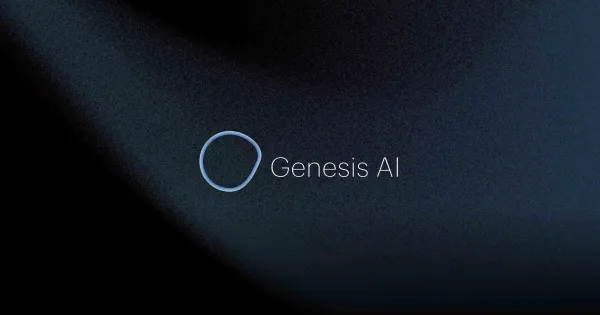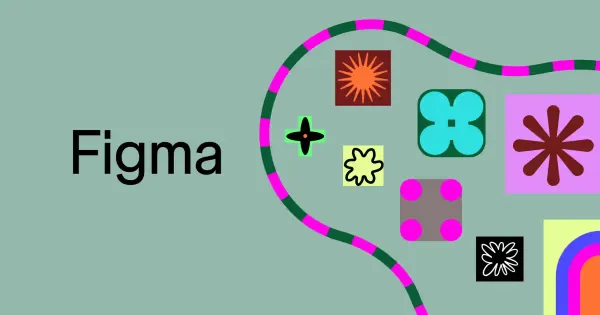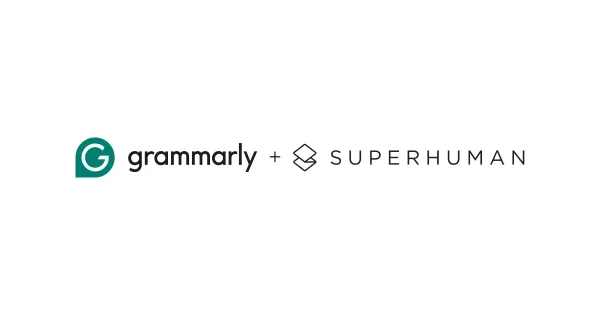React Native vs Flutter: Which is Best in 2023?
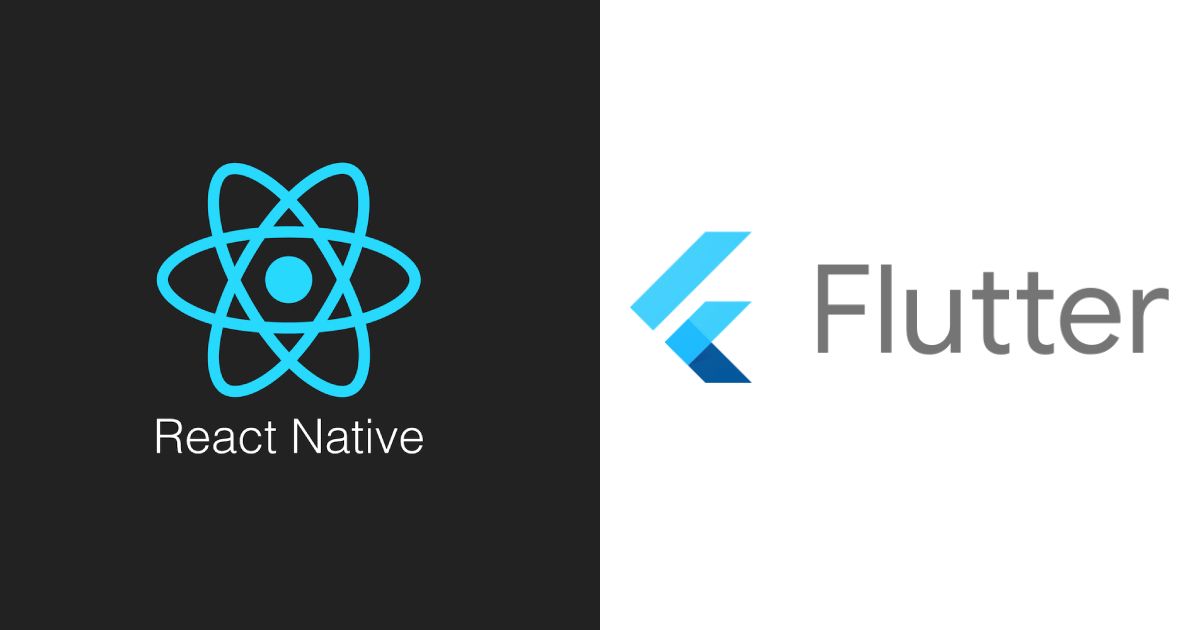
The world of mobile app development has seen a significant transformation in recent years, with an array of frameworks emerging to simplify the process. React Native and Flutter have risen to prominence as two of the most popular and powerful options for building cross-platform mobile applications. Both frameworks offer the promise of creating high-quality, feature-rich apps while optimizing development time and effort.
In this article, we'll dive into the world of React Native and Flutter, comparing their features, performance, and suitability for various app development projects, helping you decide which framework is best for your needs.
React Native: The Facebook-Backed Powerhouse
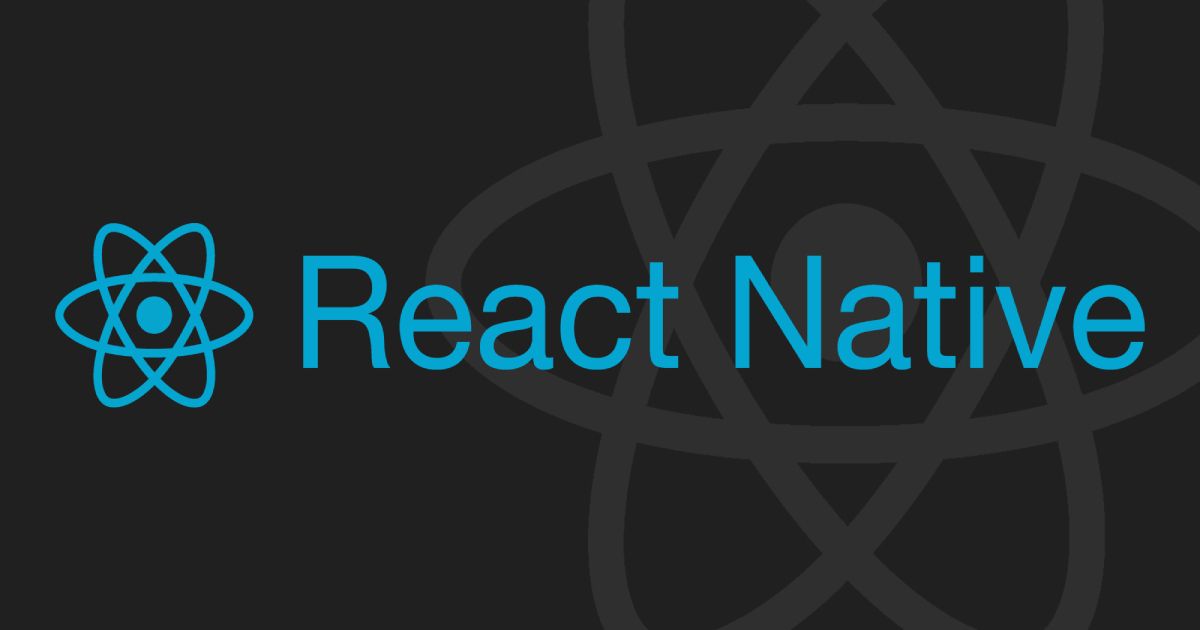
React Native, an open-source framework developed by Facebook, was first introduced in 2015. It was a game-changer in the world of mobile app development, as it allowed developers to build cross-platform mobile applications using a single codebase. React Native's roots can be traced back to Facebook's internal project called "Hackathon," where it was initially conceptualized. The framework gained rapid popularity for its efficiency and cost-effectiveness in creating apps for both iOS and Android platforms.
Over the years, React Native has evolved with frequent updates, an expanding community, and improved performance, making it a preferred choice for developers and businesses looking to streamline app development and reach a wider audience with a single codebase. Today, React Native continues to play a pivotal role in the ever-growing mobile app development landscape.
Pros of React Native
- Cross-Platform Development: React Native allows you to write code once and run it on both iOS and Android platforms, saving time and effort in developing and maintaining separate codebases.
- Native Performance: React Native offers near-native performance by compiling to native code, which ensures that your app feels and behaves like a truly native application.
- Reusable Components: React Native's component-based architecture promotes code reusability, making it easier to maintain and update your app.
- Large Community and Ecosystem: React Native has a thriving community and a vast ecosystem of third-party libraries and plugins, which can speed up development and help you solve common challenges.
- Hot Reloading: Developers can make real-time changes to the code and see the results immediately in the app, making the development process more efficient.
Cons of React Native
- Limited Native Access: While React Native provides access to most native features, there may still be some platform-specific functionalities that require custom native modules, adding complexity to development.
- Performance Bottlenecks: Complex animations and heavy computational tasks can sometimes result in performance bottlenecks, as they may not be as efficient as fully native solutions.
- Platform-Specific Tweaks: For platform-specific design and user experience optimizations, you may need to write platform-specific code, reducing some of the cross-platform benefits.
- Frequent Updates: Keeping up with frequent updates in the React Native framework and its dependencies can lead to compatibility issues and require regular maintenance.
- Limited Access to Third-Party Modules: Some niche or specialized native modules may not be readily available in the React Native ecosystem, potentially requiring custom development or linking to native code.
Top Apps using React Native
- Facebook: Facebook used React Native for its Ads Manager app, which is used by businesses to manage their Facebook ads.
- Instagram: Instagram, which is owned by Facebook, also adopted React Native for some parts of its app.
- Airbnb: Airbnb uses React Native for its mobile app, making it easier to maintain and update across multiple platforms.
- UberEats: The UberEats app, a food delivery service, employs React Native for its mobile applications.
- Tesla: Tesla's mobile app for controlling and monitoring electric vehicles is known to have been built using React Native.
- Walmart: Walmart, one of the world's largest retail chains, used React Native for parts of its mobile app to provide a consistent shopping experience.
- Bloomberg: The Bloomberg mobile app utilizes React Native to deliver financial news and data to its users.
- SoundCloud Pulse: SoundCloud Pulse, the app for creators on the SoundCloud platform, was developed using React Native.
- Wix: Wix, a popular website builder platform, uses React Native for its mobile app, enabling users to manage and update their websites on the go.
- Townske: Townske, a travel guide app, is built with React Native, allowing users to discover and share city guides.
Flutter: Google's UI Toolkit for Creative Freedom

Flutter is an open-source UI framework developed by Google that was first unveiled in 2015 and officially released in May 2017. It quickly gained popularity in the world of mobile app development due to its ability to create natively compiled applications for mobile, web, and desktop from a single codebase.
Flutter is known for its fast development, expressive and customizable user interfaces, and hot-reload feature, allowing developers to see instant updates to their app during development. It has been widely adopted by developers and has a thriving ecosystem of packages and plugins, making it a powerful choice for cross-platform app development.
Pros of Flutter
- Cross-Platform Development: Flutter enables developers to create apps for multiple platforms, including iOS, Android, web, and desktop, using a single codebase, reducing development time and effort.
- Fast Development: Flutter's hot-reload feature allows developers to see instant updates to the app during development, making the debugging and iteration process quicker and more efficient.
- Expressive UI: Flutter provides a rich set of customizable widgets and a flexible UI framework, allowing for highly interactive and visually appealing user interfaces.
- Native Performance: Flutter compiles to native ARM code, delivering near-native performance, resulting in smooth and responsive user experiences.
- Strong Ecosystem: Flutter has a growing ecosystem of packages, plugins, and community support, providing a wide range of tools and resources to extend its functionality and solve common development challenges.
Cons of Flutter
- Limited Native Features: While Flutter provides access to many native features, some platform-specific functionalities and third-party libraries may require custom integration or platform-specific code, which can be time-consuming.
- Larger App Size: Flutter apps tend to have larger file sizes compared to fully native apps, which might be a concern for users with limited storage space on their devices.
- Smaller Community: Although Flutter's community is growing, it is not as extensive as some other development communities, which can affect the availability of resources and support.
- Learning Curve: Developers who are new to Flutter may face a learning curve, as it uses a different programming language (Dart) and a unique widget-based approach to UI development.
- Platform Differences: Achieving pixel-perfect consistency in the app's look and feel across multiple platforms can be challenging, as there may be subtle differences in how Flutter renders elements on iOS and Android.
Top Apps using Flutter
- Google Ads: Google's advertising platform has a mobile app for advertisers, and it uses Flutter for its development.
- Alibaba: The Alibaba Group, one of the world's largest e-commerce and technology companies, has adopted Flutter for various sections of its apps.
- Reflectly: Reflectly is a popular journal and diary app that uses Flutter for its mobile application.
- Realtor.com: Realtor.com, a real estate platform, used Flutter to build its mobile app, providing property listings and search tools.
- Hamilton: The official app for the Broadway musical "Hamilton" was developed using Flutter and offers various interactive features for fans.
- Nubank: Nubank, a financial technology company, used Flutter to create its mobile banking app, which is widely used in Brazil.
- Topline: Topline is a music streaming app that was built using Flutter, offering features for discovering and sharing music.
- Tencent: Tencent, a major player in the technology and entertainment industries, has used Flutter for various applications and mini-programs.
- Grab Super App: Grab, a Southeast Asian ride-hailing and delivery platform, leveraged Flutter for its "Super App," which provides a range of services, including transportation, food delivery, and more.
- BMW: BMW used Flutter for its BMW In-Car Store app, allowing car owners to explore and purchase digital services for their vehicles.
Choosing the Right Framework for Your Project

The choice between React Native and Flutter depends on several factors, and each framework has its strengths and weaknesses.
Here are some considerations to help you decide when to choose React Native or Flutter for your mobile app development:
Choose React Native if:
- Familiarity with JavaScript/React: If your development team is already skilled in JavaScript and React, it may be more efficient to choose React Native, as it leverages these technologies, making the learning curve less steep.
- Larger Community and Ecosystem: React Native has a more extensive community and ecosystem with a wide range of libraries, components, and third-party packages, which can save time and effort during development.
- Access to Native Modules: If your app requires extensive integration with platform-specific features or third-party native modules, React Native offers more straightforward and extensive support for native modules.
- UI Customization: React Native provides more flexibility for platform-specific UI customization, making it a suitable choice if your app requires pixel-perfect platform design.
- Legacy Code: If you have existing JavaScript code or web assets that you want to reuse in your mobile app, React Native's webview components can be helpful for integration.
Choose Flutter if:
- Cross-Platform Consistency: If you prioritize a high degree of consistency and want to create a single codebase that runs on iOS, Android, web, and desktop, Flutter is a compelling choice due to its robust cross-platform capabilities.
- Performance: Flutter's compiled-to-native approach provides near-native performance, making it ideal for apps that require high performance and smooth animations.
- Fast Development and Hot Reload: Flutter's hot-reload feature allows for rapid development and real-time code updates, speeding up the debugging and testing process.
- Expressive UI: Flutter offers a wide range of customizable widgets and provides a unique and powerful way to create visually appealing and interactive user interfaces.
- Easier Testing: Dart, the programming language used with Flutter, is known for its simplicity, making it easier for developers to write and maintain test code, which can improve testing processes.
Final Thoughts
In conclusion, both React Native and Flutter have their strengths and are suitable for various app development scenarios. The choice between them should be based on the unique requirements of your project, your team's familiarity with the framework, and your long-term maintenance considerations.
Whichever you choose, both frameworks empower developers to create high-quality, cross-platform mobile apps that can captivate and engage users across different devices.
If you're planning to create an app with Flutter or React Native, feel free to get in touch with us, and we'll assist you in bringing your dream app to life.



